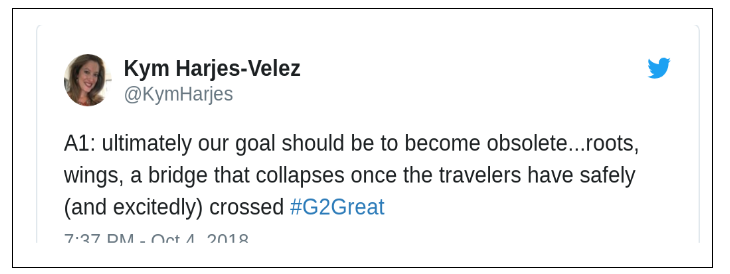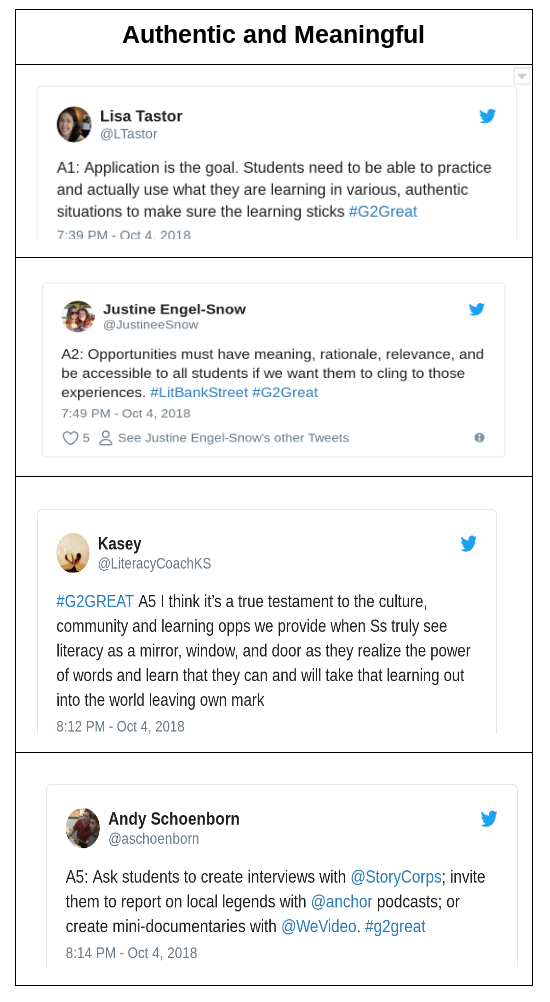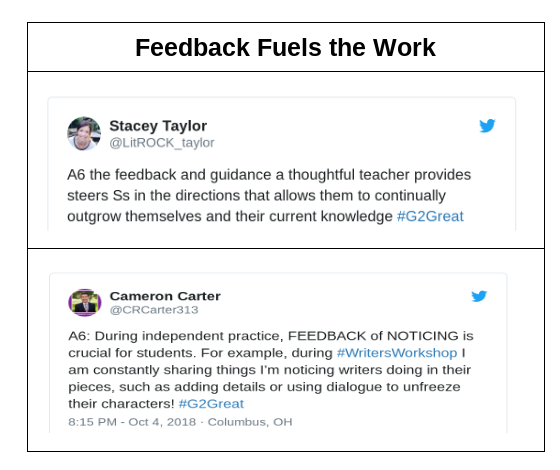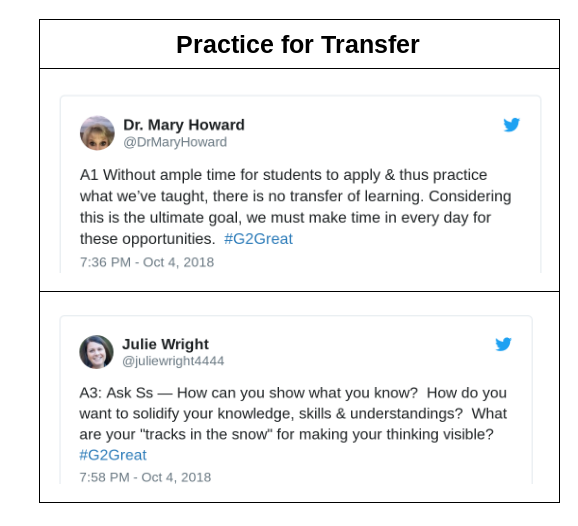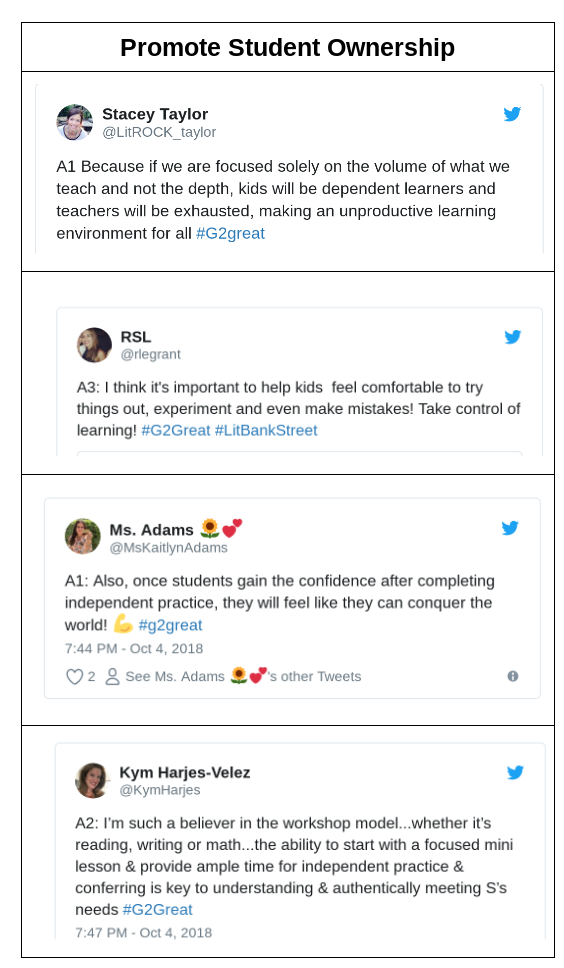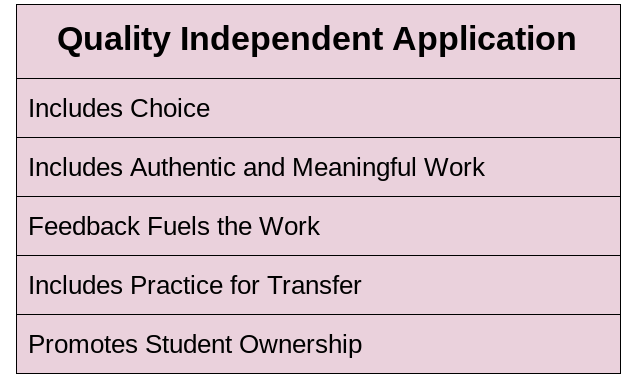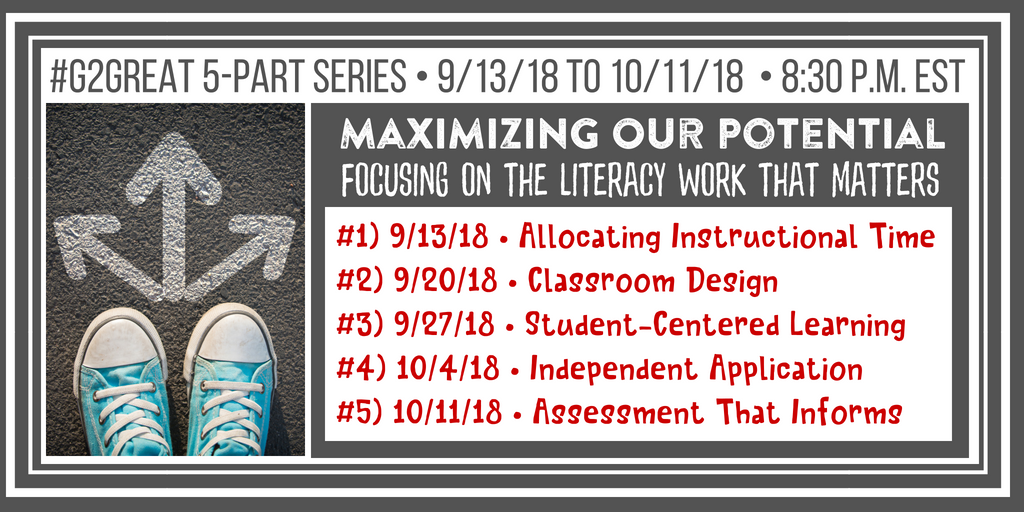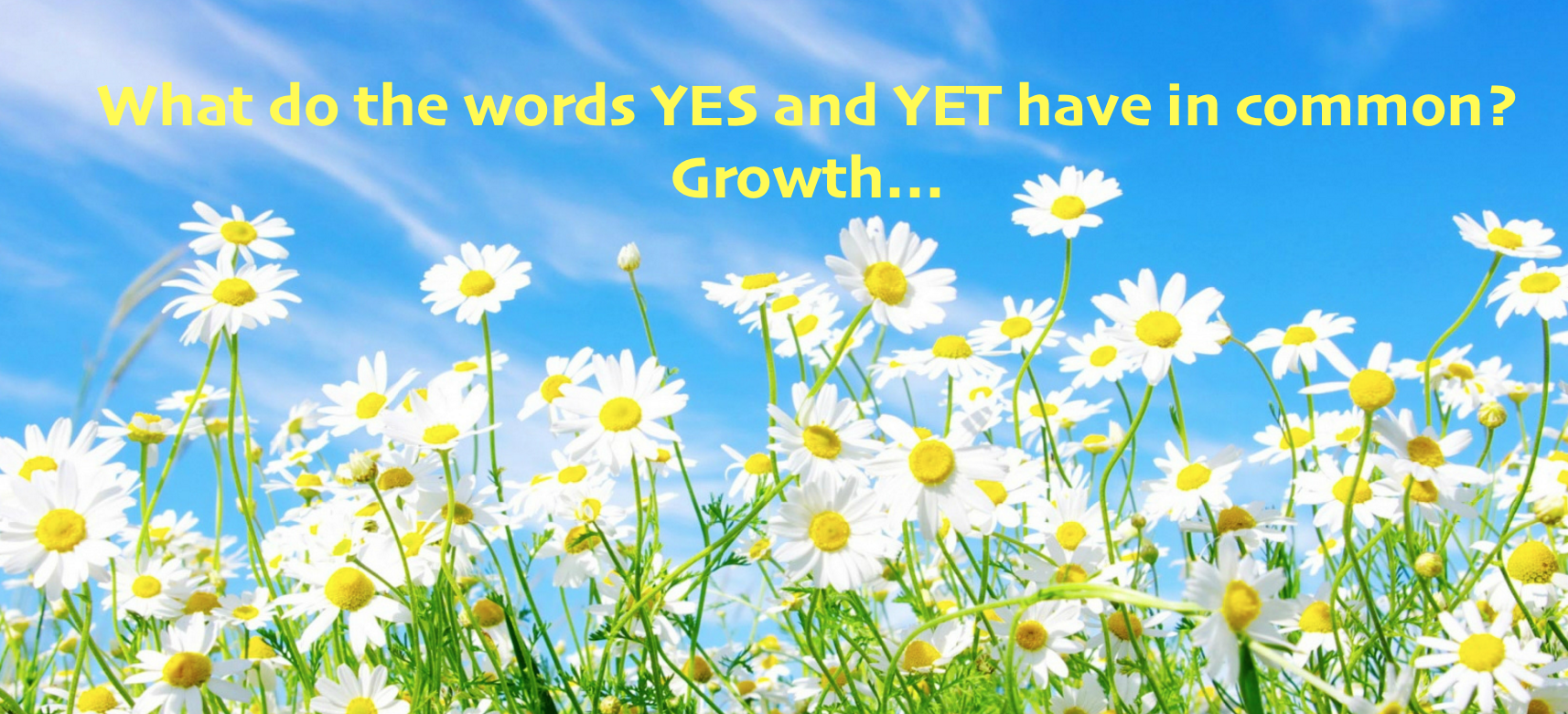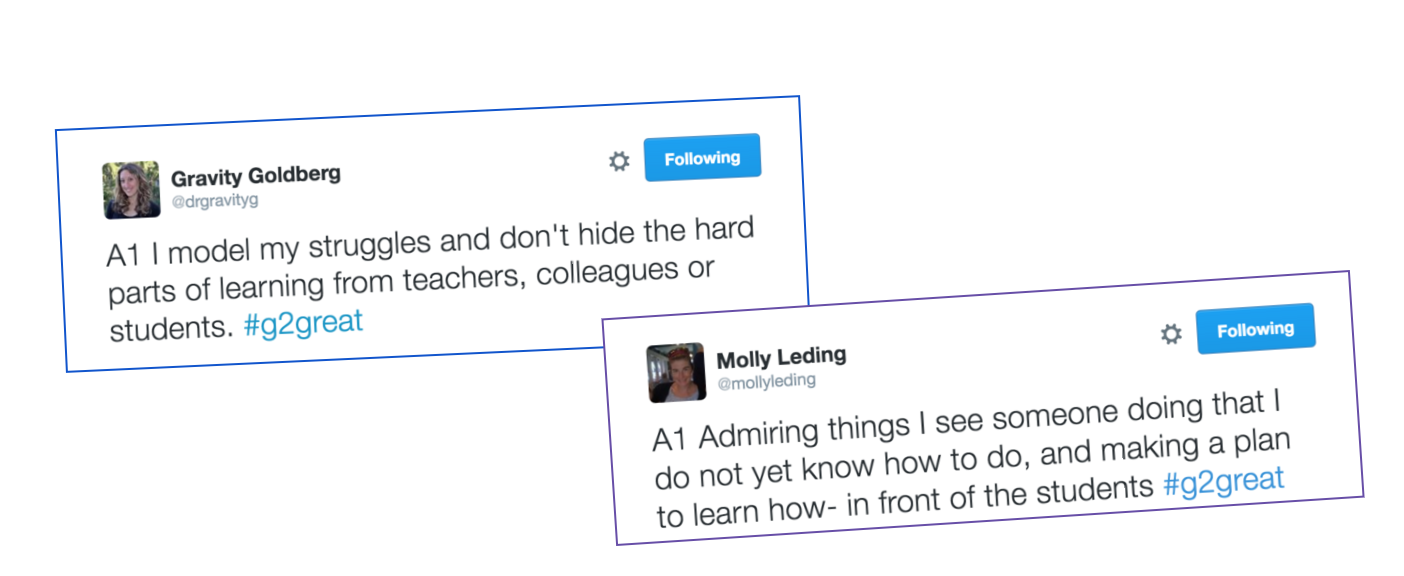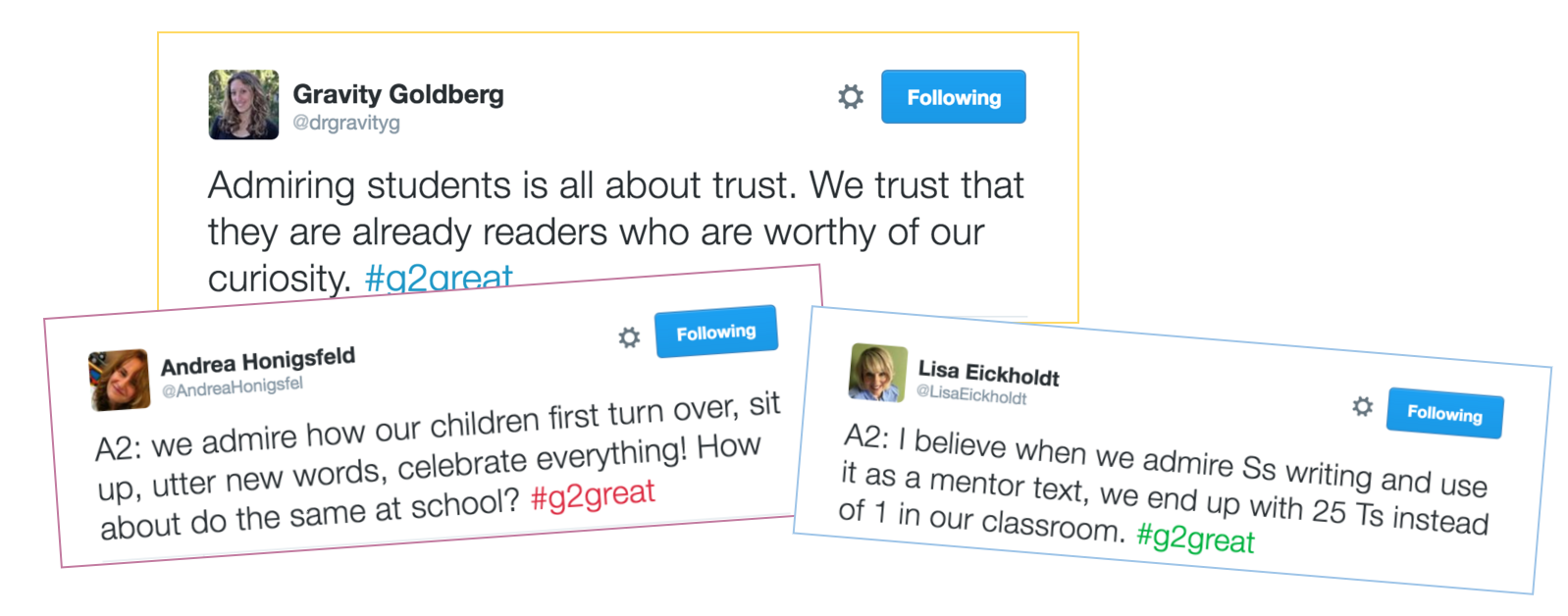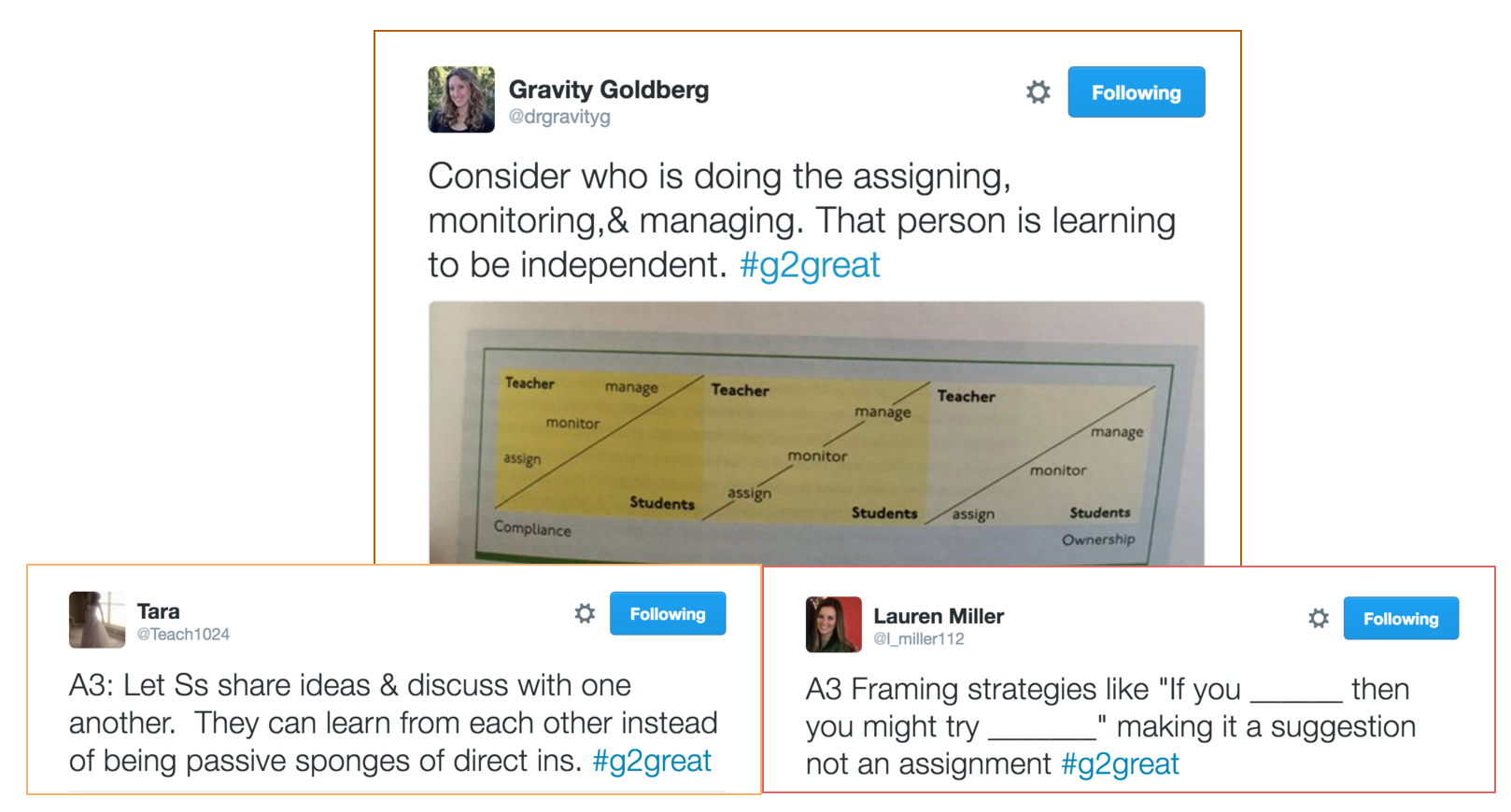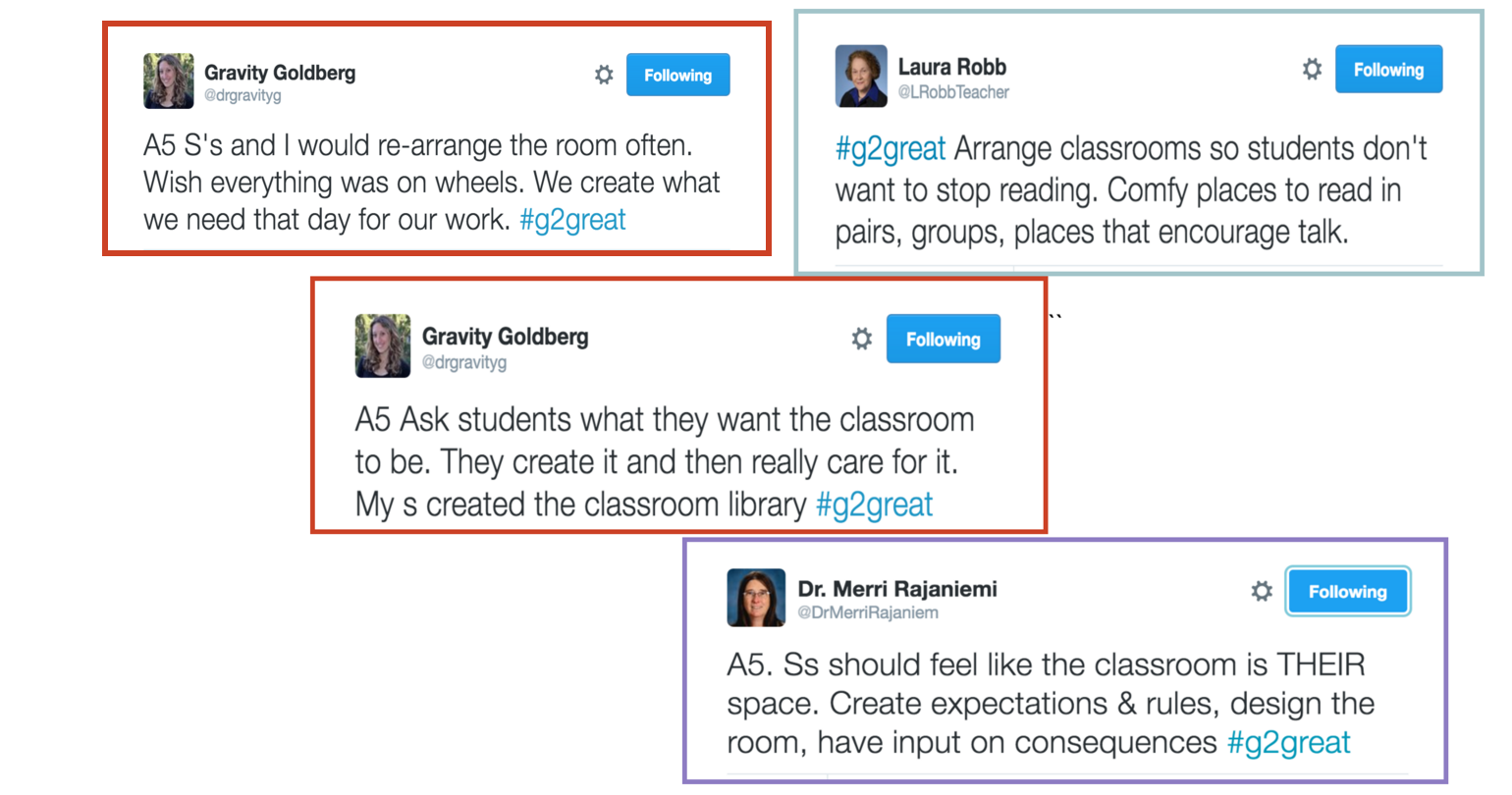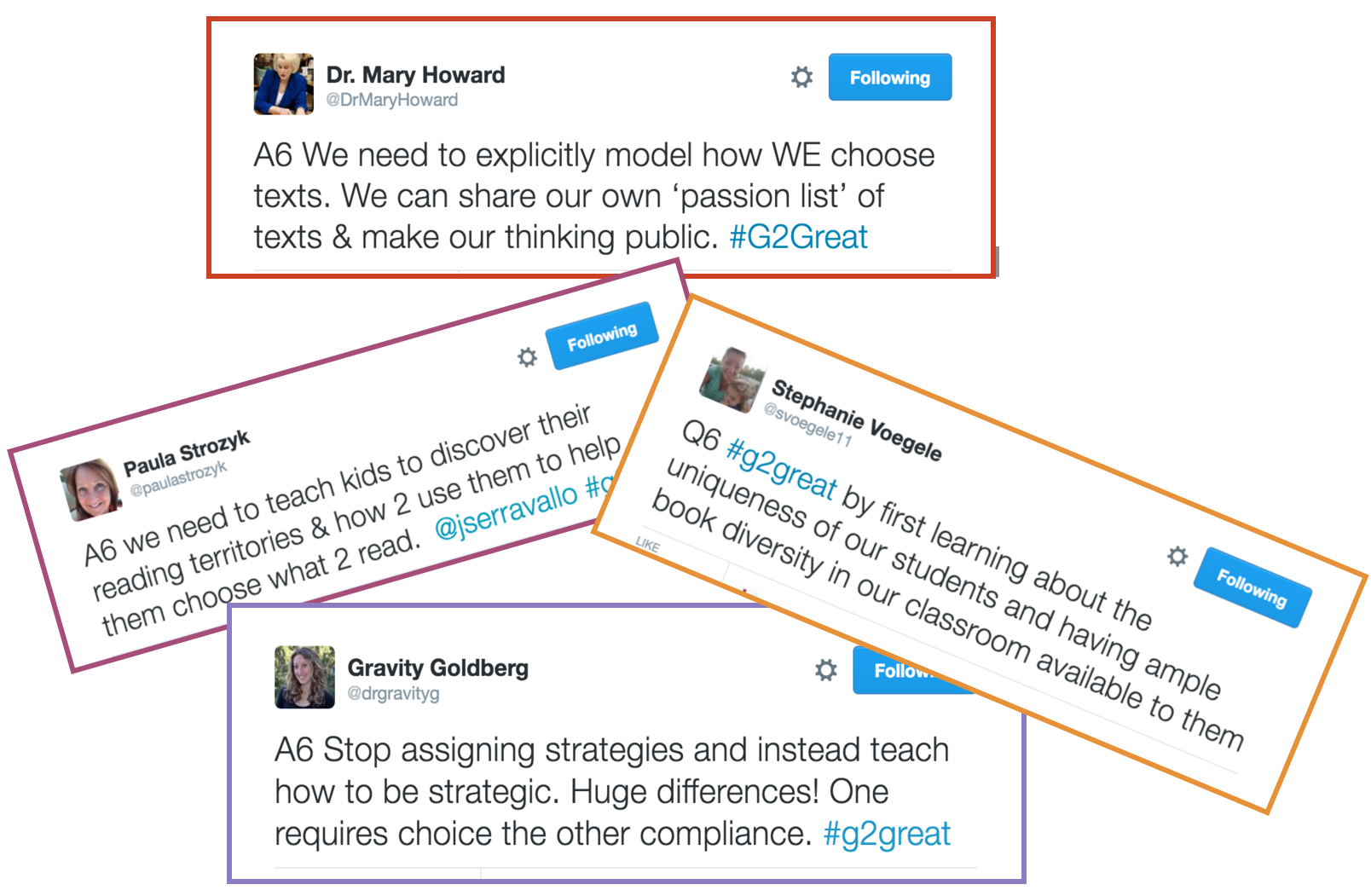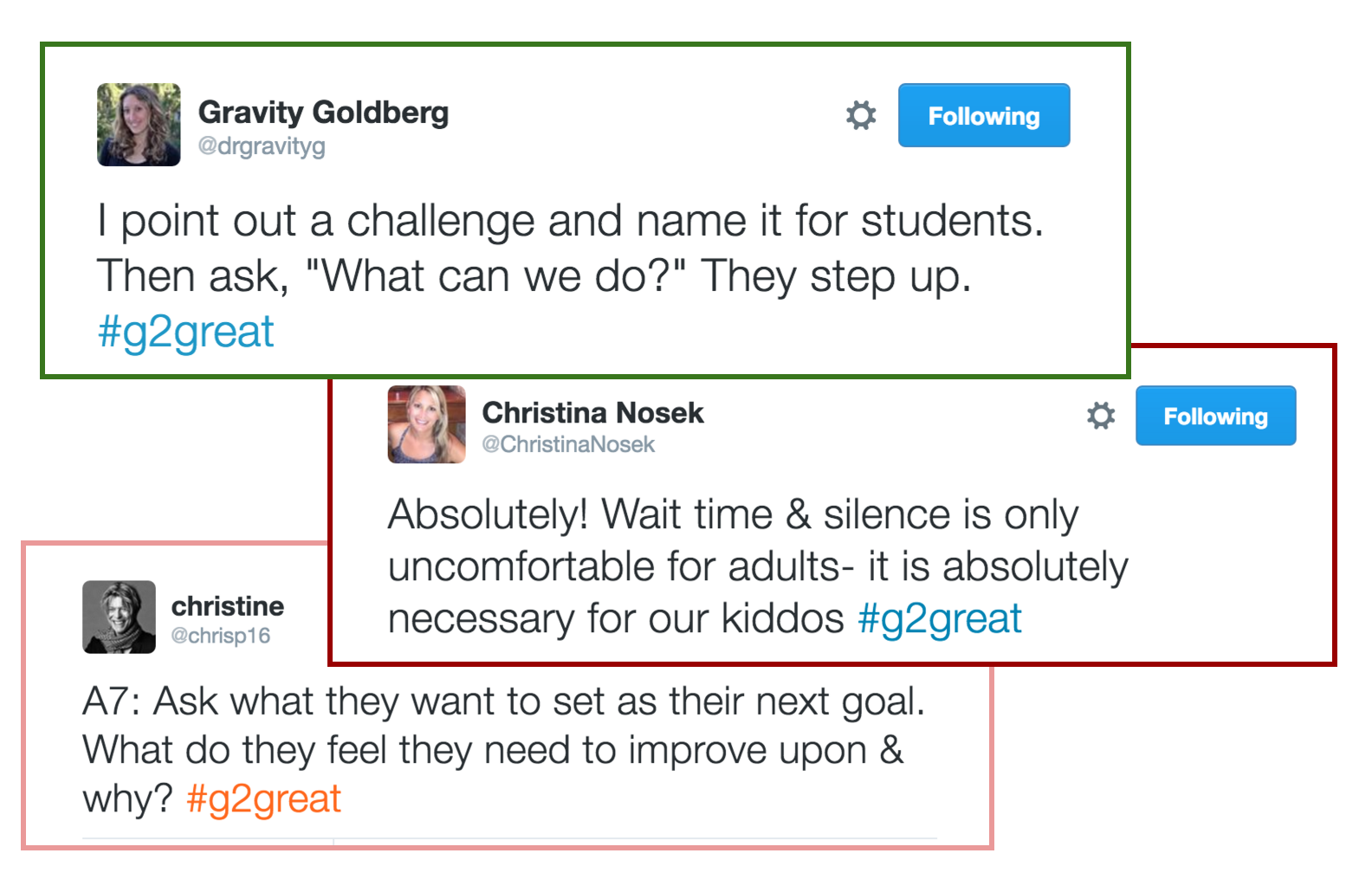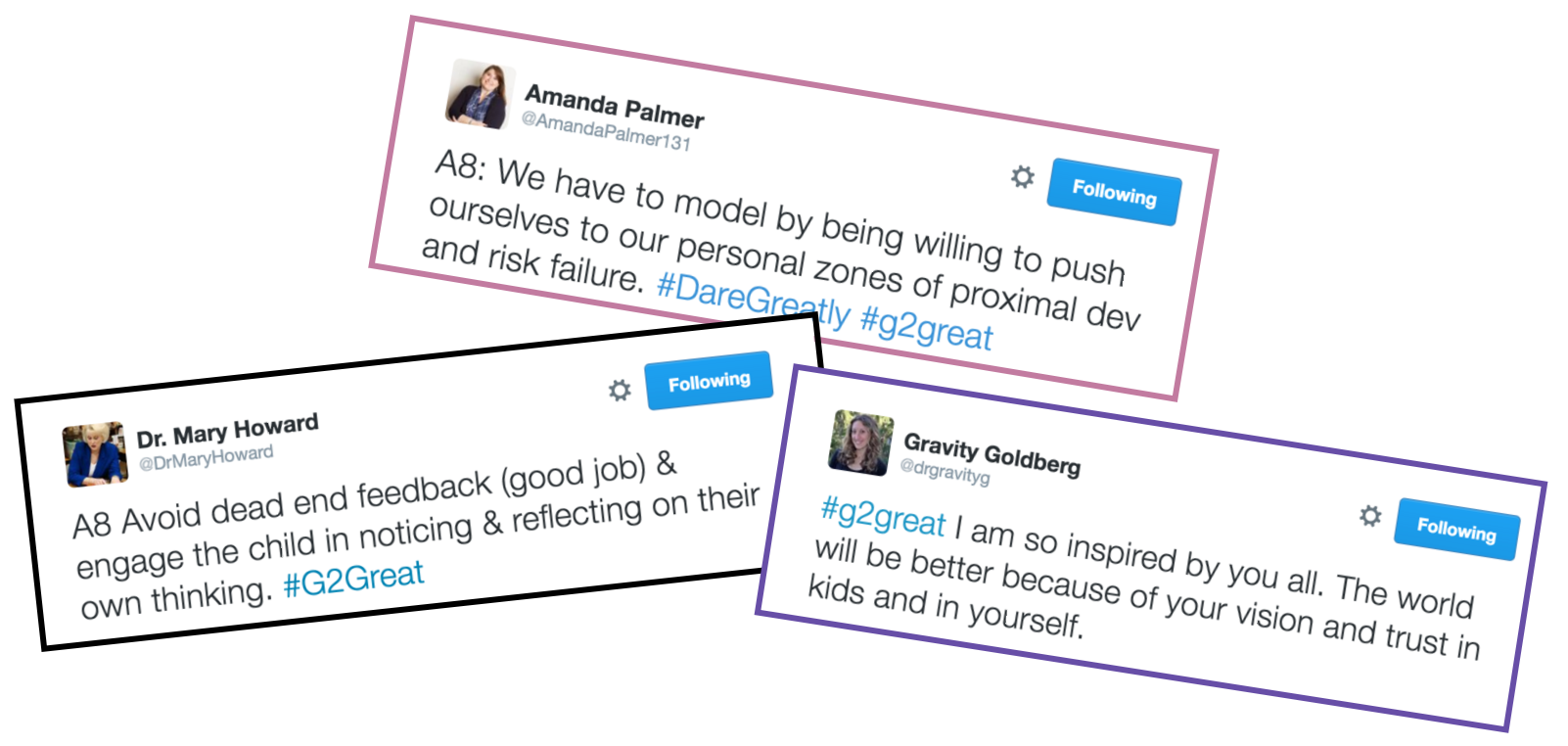By Guest Blogger Carol Varsalona
In a new normal world, marked by remote learning and social distancing, student agency and the rise of student voice are essential. Children of 21st Century need access to tech tools to problem solve, collaborate, create, and connect with others. Championing these thoughts and bearing the banner, #KidsCanTeachUs, a young voice has emerged. Ever since I met Liv VanLedtje several years ago, I knew she was destined to spark change in a global sense. Her enthusiasm for lifelong learning and the inquiry process has led her to make her mark at national and local conferences and on the world of education. With her mother, Cynthia Merrill, guiding her and helping her navigate the landscape of social media, sparks have been ignited to impact “kids” digital future.
When the #G2Great community approached me to create one of their Literacy Lenses for the April 16, 2020 convo, I enthusiastically agreed. I knew that the book Spark Change was soon to be published, so when Dr. Mary Howard sent me her copy, I dug deep into it. I was struck immediately by the two-voice format, the attention to a digital mindset, connection to the ISTE standards, and the emphasis on student voice and agency. Liv’s quotes sprinkled throughout the book and her lists presented her global-minded approach to connecting learning and impacting the world in a positive way from a student perspective.
In an interview prior to the April chat, the #G2Great team asked Liv and Cynthia the following question about their book, Spark Change. What motivated you to write this book? What impact did you hope that it would have in the professional world? In their two-voice format, they responded.
(Liv) For the past 4 years, I have been working on a project called LivBits. Each week, I make short videos for kids and teachers called LivBits. I call the videos this because they are a little bit of me, Liv, and a little bit of my thinking, bits. Put that altogether and you have LivBits! In my work, my mum and I noticed how incredible kids were with using tech to share their thinking. We knew putting together tech tools and kid passions created incredible thinking, and we wanted to write a book that would encourage more of this.
(Cynthia) Yes! Liv’s got it right. We really hope to move the needle on the technology conversation with our book and each chapter is framed as such. Given our current experience with COVID-19, we really believe the Spark Change message will resonate even more deeply. We also hope the conversation around equity, activism, and student voice continues when we get on the other side of this pandemic.
Knowing Liv and Cynthia, I have had the pleasure of watching them make national presentations with and without our Wonderopolis team. Liv’s enthusiastic approach to adding sparkle to every encounter has led me to value her message of allowing children to inquire, explore, and discover pathways to learning. Liv is a big believer in the power of wonder and Cynthia is a strong supporter so sparking change has been a developing call to action for them. Their collaborative effort in writing Spark Change is a culmination of their work in the field.
On April 16, 2020, the #G2Great conversation started with Jenn Hayhurst sending out Words of Wisdom images, such as:
Cynthia Merrill’s greetings noted: “No better time than the present to be talking about kids, tech, and change!” Liv shared one of her delightful LivBit videos that spoke about their book, Spark Change.
In the Spark Change Book Trailer video, Liv and Cynthia’s spoke of their call to action. This can be accessed at Vimeo here.
Question 1 asked tweeters to “Share some ways you’ve thought about tech access as a digital right for all students?” In her usual positive stance, Liv responded through a global lens.
Kathleen Sokowlski, Long Island educator, responded from her teacher point-of-view.
Dr. Mary Howard replied through a questioning framework.
Liv and I had an exchange online.
Each chat question that followed dealt with a different aspect of Spark Change, making the prompts suitable for a professional book talk, especially now during our COVID19 remote learning time. Topics other than Digital Rights that were explored in the chat were Digital Purpose, Digital Authenticity, Digital Exploration, Digital Creation, Digital Activism, and Digitial Future.
Toward the end of the #G2Great Twitter conversation, Sierra Gilbertson tweeted a thought echoed by Liv and Cynthia in their work.
The chat was filled with many heartbeeps, special moments.
Prior to the chat the #G2Great team asked Liv and Cynthia two more questions.
What are your BIG takeaways from your book that you hope teachers will embrace in their teaching practices?
- Access to technology isn’t a choice; it’s a right.
- Students can lead the understanding around tech tools and schooling
- Technology can globalize learning in ways that grow empathy and compassion for the world.
What is a message from the heart you would like for every teacher to keep in mind?
(Liv) I hope teachers read our book and feel heartbeeps for their work with students. I hope they will be the kind of grown up who will stand up for kids and technology. And, most of all, I hope they remember that kids can do important things for the world when we are given a chance. Please help us.
(Cynthia) I really couldn’t have said it better. I am so grateful to our readers for holding both of us in their hearts as they read Spark Change–Liv, as an example of a student or child they love, and me as a parent educator, who is working hard to elevate the narrative around kids, tech, platforms for sharing work, and learning. Thank you so much for taking this journey with us!
Liv and Cynthia have ignited sparks in the educational world. It is up to us educators to create a culture of inquiry and wonder, to build havens of joyful learning. We can be the difference makers in each classroom. We can be the guides offering choice options that lead students to narrate their stories and amplify their voices as digital citizens in a new normal educational environment. All it takes is positivity and determination to explore the world with different lenses, like Liv has done.
Carol Varsalona blogs at “Beyond Literacy Link” and is an ELA consultant, Wonder lead ambassador for Wonderopolis, and moderator of #NYEdChat. Further information is available on her blog here.

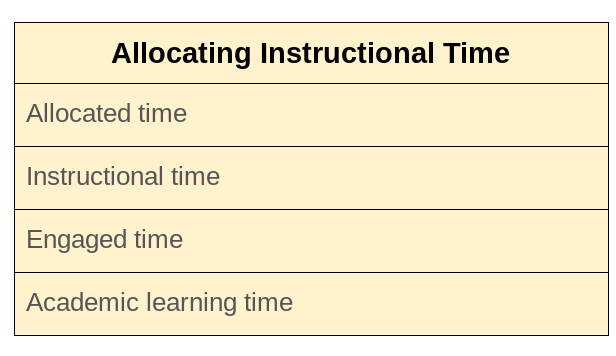 Part 2 continued with Mary Howard’s post:
Part 2 continued with Mary Howard’s post: 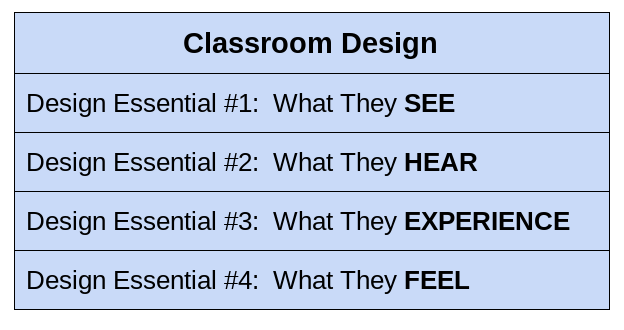 Part 3 continued with Jenn Hayhurst’s post:
Part 3 continued with Jenn Hayhurst’s post: 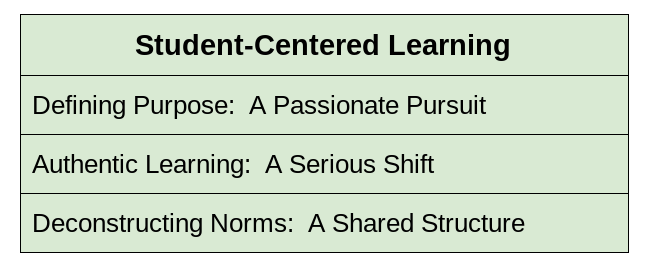 And that brought me to this chat and part 4: Independent Application
And that brought me to this chat and part 4: Independent Application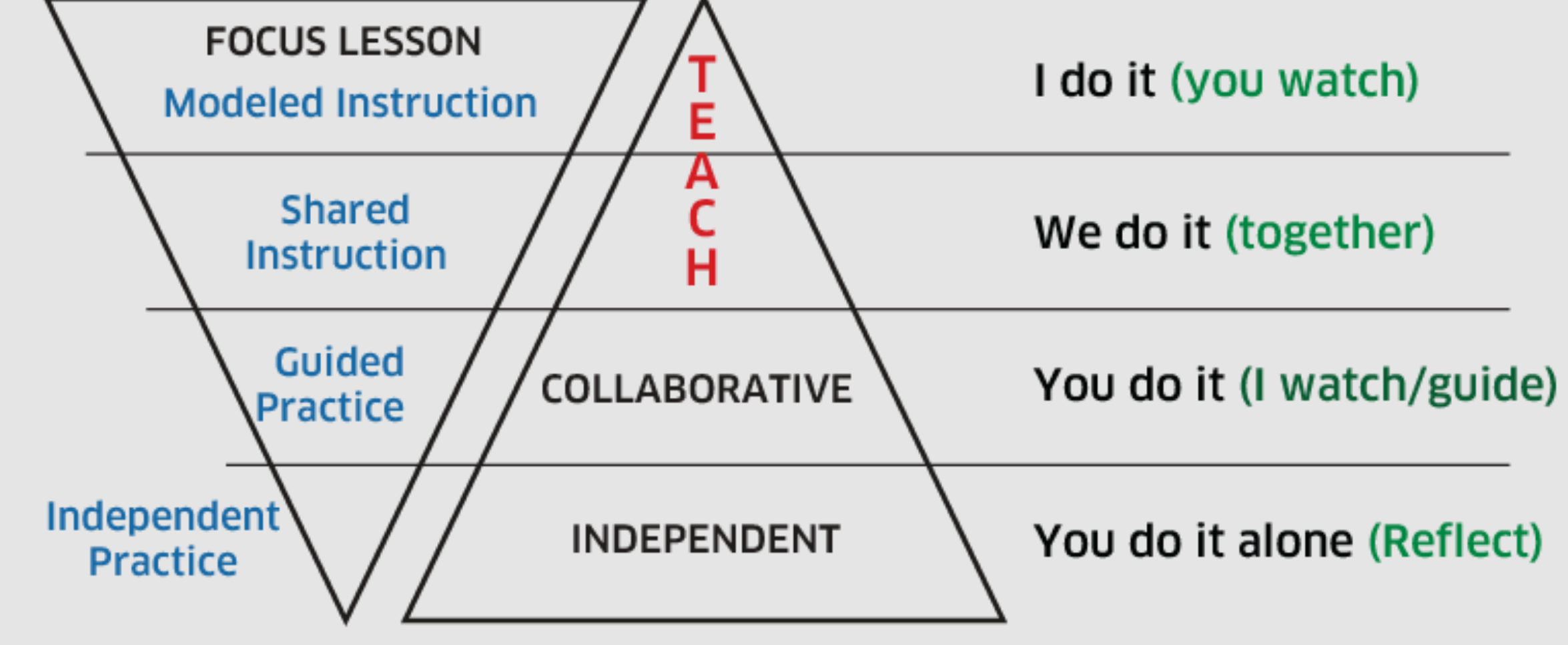 Source Link
Source Link